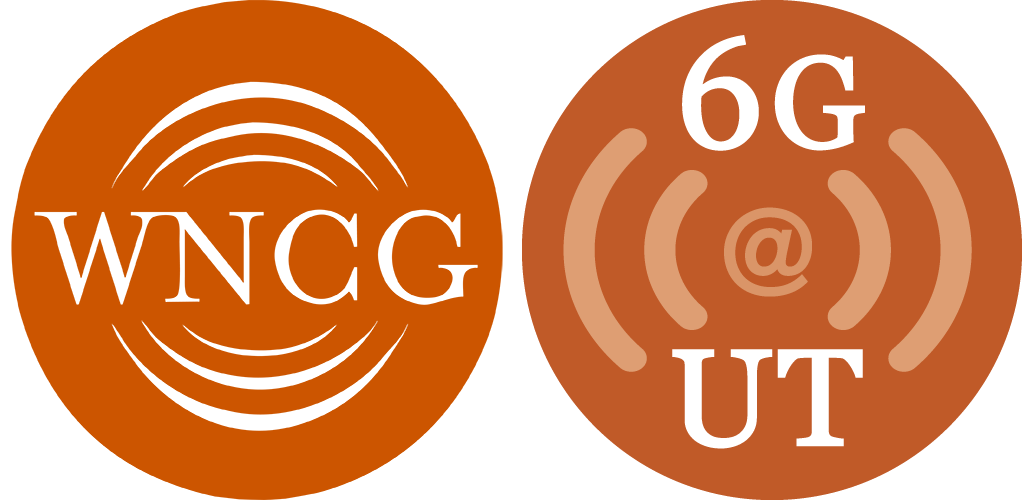System design, Implementation, and Experimentation WNCG research has a significant focus on the design and implementation of novel advanced wireless systems. This focus is complemented by experimental and prototype work both on these new systems and on systems that are already deployed. This includes work in Millimeter wave communications. Millimeter wave radio research is directed to lowering costs for 60 GHz multi gigabit/sec communications radio chips. Complete radios, utilizing efficient passives including on chip antennas are facilitated by a state of the art test station with signal and network analyzers and wafer probing to 67 GHz. Cross layer research includes modulation/demodulation, MAC protocols, and high speed discrete analog processing. WNCG leads the development of one of the few working university MIMO ad hoc wireless network prototypes, which will be entirely software defined, enabling a truly flexible network and physical layer research platform. WNCG faculty were among the core designers and implementers of one of the first prototypes for the active networking concept. Our prototype work also includes development of opportunistic routing for mesh networks and highly scalable and efficient routing for sensor networks. We are also active in contributing our knowledge of advanced wireless systems to a variety of standardization efforts. Hydra MIMO/OFDM prototype network testbed HYDRA is a prototype wireless network node designed for experimentation with both the Physical layer and network layers of a variety of multihop wireless network topologies. (Heath, Nettles) Signal processing implementation Waiting for input. (Evans, Heath) Millimeter wave radio research is directed to lowering costs for 60 GHz multi gigabit/sec communications radio chips. Complete radios, utilizing efficient passives including on chip antennas are facilitated by a state of the art test station with signal and network analyzers and wafer probing to 67 GHz. Cross layer research includes modulation/demodulation, MAC protocols, and high speed discrete analog processing. (Ragan, Rappaport, Heath) UT network as testbed WNCG has reached an agreement with the University administration on a protocol that provides WNCG broad access to the University's state-of-the-art communications infrastructure. The infrastructure includes more than 65,000 Internet hosts, approximately 2,000 wireless access points, an emerging cellular distributed antenna system, and a modern telephony system offering VoIP technology. Access to this infrastructure uniquely positions WNCG to pursue research opportunities that require testing and analysis of large-scale communication systems in real world environments. (Bard) WIMAX Standardization WiMAX is an IP-based standard for anytime-anywhere wireless broadband access. Emerging as a rival to conventional cellular standards, it is based on MIMO-OFDMA and is an open standard from the IEEE 802.16 committee. WNCG faculty conduct considerable research on WiMAX-related technologies, and have authored numerous papers and a book on WiMAX technology. (Andrews) The next generation of cellular communication systems is broadly known as the fourth generation (4G) cellular communication system. This standard will provide data rates up to 1Gbps in bandwidth of up to 100MHz. Standardization of 4G cellular systems is occurring in several places, notably in the IEEE 802.16m standard. WNCG faculty are investigating techniques that may be included in the IEEE 802.16m standard such as femto cells, base station cooperation, interference alignment, and multiuser MIMO with limited feedback. (Andrews, Heath) IEEE 802.11n is the next generation wireless local area network standard. Notably, IEEE 802.11n is the first large scale commercial deployment of MIMO-OFDM technology. WNCG faculty have been involved with several aspects of the IEEE 802.11n standard including research on closed loop transmission techniques, channel modeling with different array contributions, and making standards contributions. The (HYDRA) prototype implements the IEEE 802.11n draft 2.0 physical layer, providing a platform for experimentation and prototyping. (Heath, Nettles)

